Maintaining your shoes can significantly extend their lifespan, keeping them looking fresh and functional for years to come. Whether you have a collection of high-end leather shoes, athletic sneakers, or casual footwear, proper care is essential. In this comprehensive guide, we’ll delve into various maintenance tips tailored for different types of shoes, including cleaning, storage, and minor repairs.
Understanding Your Shoes
Before diving into maintenance, it’s crucial to understand the materials and construction of your shoes. Different materials require different care techniques:
- Leather: Durable and stylish, leather shoes can last a lifetime if cared for properly. However, they can be susceptible to water damage and require regular conditioning.
- Canvas: Common in casual shoes and sneakers, canvas is breathable and washable but can stain easily.
- Suede: Soft and luxurious, suede is sensitive to moisture and requires special care to maintain its texture.
- Synthetic materials: Often used in athletic shoes, these can usually be cleaned with water and mild soap but may not be as durable as leather.
Understanding these materials will help you choose the right cleaning and maintenance techniques to keep your shoes in top shape.
Regular Cleaning
Cleaning your shoes regularly is the foundation of good shoe maintenance. Here’s how to clean different materials effectively:
Leather Shoes
- Daily Care: Use a soft cloth to wipe off dirt and dust after each use. This prevents buildup and keeps the leather looking shiny.
- Deep Cleaning: Use a leather cleaner or saddle soap every few months. Apply a small amount to a damp cloth and gently rub the surface. Wipe away excess product with a clean cloth.
- Conditioning: Leather needs moisture to prevent it from drying out and cracking. Use a leather conditioner every 3-6 months, depending on usage and climate. Apply a small amount and buff it with a soft cloth.
Canvas Shoes
- Spot Cleaning: For small stains, use a damp cloth with mild soap to gently scrub the area. Rinse with water and let it air dry.
- Machine Washing: If your canvas shoes are machine washable, remove laces and insoles, place them in a mesh laundry bag, and wash them on a gentle cycle. Air dry them away from direct sunlight to prevent fading.
Suede Shoes
- Brushing: Use a suede brush to remove dirt and restore the nap. Always brush in the same direction to avoid damaging the fibers.
- Stain Removal: For tough stains, use a suede eraser or a bit of white vinegar on a cloth. Test on an inconspicuous area first.
- Protection: Spray your suede shoes with a water and stain repellent designed for suede to create a barrier against moisture and dirt.
Synthetic Shoes
- Basic Cleaning: Wipe down with a damp cloth and mild soap to remove dirt and grime. Rinse thoroughly and air dry.
- Machine Washing: Check the manufacturer’s recommendations; many synthetic shoes are safe for machine washing.
Drying Techniques
Proper drying techniques are essential for maintaining the shape and integrity of your shoes. Here are some tips:
- Avoid Heat Sources: Never dry your shoes near heaters or in direct sunlight, as this can warp the materials and lead to cracking.
- Use Newspaper or Shoe Trees: Stuffing shoes with newspaper can help absorb moisture and maintain their shape. Shoe trees, especially wooden ones, are also excellent for preventing creases in leather shoes.
Storage Solutions
Storing your shoes properly can prevent damage and deformation. Here are some effective storage tips:
- Cool, Dry Place: Store shoes in a cool, dry area away from direct sunlight to prevent fading and material degradation.
- Use Shoe Boxes: Keep shoes in their original boxes or breathable fabric bags to protect them from dust and light.
- Avoid Overcrowding: Don’t stack shoes too closely together, as this can lead to creasing and loss of shape. Use a shoe rack to keep them organized.
Rotating Your Shoes
One of the best ways to extend the life of your footwear is by rotating them. Here’s why:
- Minimize Wear and Tear: Wearing the same pair every day can lead to faster deterioration. Give each pair time to air out and regain their shape.
- Reduce Odor: Rotating shoes allows them to dry out between uses, reducing moisture buildup and odor.
Minor Repairs
Taking care of minor repairs can prevent more significant issues down the line. Here are a few common problems and how to fix them:
Replacing Laces
Worn or frayed laces can detract from the appearance of your shoes. Replacing them is a simple fix:
- Choosing Laces: Select laces that match the style and color of your shoes. Consider the material—cotton, polyester, or leather—based on your shoe type.
- Lacing Techniques: There are various lacing styles that can enhance both functionality and aesthetics. Experiment with different methods to find what works best for you.
Resoling Shoes
For leather and high-quality shoes, resoling can significantly extend their lifespan:
- When to Resole: If the sole is worn down but the upper is still in good condition, it’s time to consider resoling.
- Professional Help: Take your shoes to a cobbler for professional resoling. They can often match the new sole to the original for a seamless look.
Repairing Scuffs and Scratches
- Leather: Use a leather repair kit for scuffs and scratches. Follow the instructions for best results.
- Canvas: For canvas, use fabric glue and a patch for larger tears, and consider using a fabric paint to touch up colors.
Seasonal Care
Changing seasons can affect your shoes, so it’s essential to adapt your maintenance routine accordingly.
Winter Care
- Salt Stains: Use a mixture of white vinegar and water to remove salt stains from leather and suede shoes.
- Waterproofing: Treat your shoes with a waterproofing spray before winter to protect them from snow and rain.
Summer Care
- Breathability: Ensure shoes are properly aired out after wear, especially in humid conditions.
- Deodorizing: Use baking soda or specialized shoe deodorizers to keep shoes fresh in warmer weather.
Investing in Quality
While maintenance is essential, investing in high-quality shoes can also contribute to longevity. Here’s why quality matters:
- Materials: Higher-end shoes often use better materials that withstand wear and tear more effectively.
- Construction: Well-constructed shoes, especially those with Goodyear welt construction, can be resoled, allowing for years of use.
Taking care of your shoes might seem like a chore, but the effort pays off in the form of longevity, comfort, and style. By understanding your shoes, implementing regular cleaning and care routines, storing them properly, and making minor repairs, you can keep them looking and feeling great for years to come.
Choosing the Right Accessories
Accessories can play a significant role in maintaining your shoes. From shoehorns to protectors, here are some accessories to consider:
Shoehorns
Using a shoehorn helps maintain the shape of your shoes while preventing damage to the heel area. Here’s how to use one effectively:
- Technique: Insert the shoehorn into the shoe before putting it on. This allows your foot to slide in easily without bending the heel.
- Material Choices: Shoehorns come in various materials, including plastic, metal, and wood. Wooden shoehorns are often more durable and stylish, while plastic ones are lightweight and portable.
Inserts and Insoles
Inserts and insoles can enhance comfort and support while extending the life of your shoes:
- Types of Insoles: There are various types of insoles, including cushioned, arch support, and orthotic. Choose one based on your foot type and the intended use of the shoe.
- Cleaning and Replacement: Regularly remove and clean your insoles according to the manufacturer’s instructions. Replace them as needed, especially if they become worn or lose their cushioning.
Shoe Trees
Shoe trees are essential for maintaining the shape of your shoes, especially leather ones:
- Benefits: They help absorb moisture, prevent creasing, and maintain the shoe’s overall structure. Wooden shoe trees, particularly those made from cedar, also have natural odor-fighting properties.
- How to Use: Insert shoe trees after each wear. They should fit snugly but not forcefully.
Dealing with Odors
Shoe odor is a common issue, especially with athletic or closed-toe footwear. Here are some tips to combat it:
Baking Soda
Baking soda is an excellent natural deodorizer:
- Application: Sprinkle a small amount of baking soda inside your shoes and let it sit overnight. Shake out the excess in the morning. This absorbs moisture and odors.
- Frequency: Use this method weekly or after particularly sweaty days.
Essential Oils
Essential oils can also help eliminate odors:
- Application: Place a few drops of essential oil (like tea tree, lavender, or eucalyptus) on cotton balls and leave them inside your shoes overnight.
- Benefits: Not only do they help mask odors, but some oils also have antifungal properties.
Commercial Deodorizers
Consider investing in commercial shoe deodorizers:
- Types: There are sprays, powders, and inserts specifically designed to neutralize odors. Look for products with antibacterial properties for added effectiveness.
Seasonal Changes and Shoe Maintenance
As seasons change, so do the demands on your footwear. Here’s how to adjust your maintenance routine accordingly:
Spring Care
- Cleaning: As the weather warms, it’s essential to give your winter shoes a thorough cleaning before storing them.
- Storage: Ensure they are completely dry before storing them in a cool, dark place.
Summer Care
- Breathability: Allow shoes to air out regularly, especially after wearing them in hot weather.
- Protection: Apply a protective spray on canvas and leather shoes to guard against unexpected rain showers.
Fall Care
- Waterproofing: As rain and moisture increase, consider reapplying waterproofing treatments to your shoes.
- Maintenance Checks: Check for any wear on soles or uppers and address any issues promptly.
Winter Care
- Salt and Slush Protection: Regularly clean your shoes to prevent salt stains. Consider using a protective spray designed for winter conditions.
- Drying Techniques: After wearing in wet conditions, remove insoles and let shoes dry at room temperature.
Professional Cleaning and Maintenance Services
Sometimes, it’s best to leave shoe care to the professionals. Here’s when you might consider it:
When to Seek Professional Help
- Deep Cleaning: For high-end or delicate materials, a professional cleaning service can safely clean and restore your shoes.
- Repairs: Cobblers can address significant issues like resoling, stitching repairs, or leather conditioning that you might not feel comfortable handling yourself.
Finding a Reliable Service
- Research: Look for reviews and recommendations for local cobblers or shoe cleaning services.
- Specialization: Ensure the service specializes in the type of shoes you have, especially if they’re made from unique materials.
Understanding Shoe Lifespan
Different types of shoes have different lifespans. Here’s a general guideline:
Athletic Shoes
- Lifespan: Typically last between 300 to 500 miles, depending on usage and terrain.
- Signs of Wear: Look for worn-out soles, reduced cushioning, and loss of support.
Dress Shoes
- Lifespan: Can last 5-10 years or more with proper care.
- Signs of Wear: Pay attention to creases, worn-out soles, and stitching.
Casual Shoes
- Lifespan: Usually around 2-5 years.
- Signs of Wear: Inspect for worn-out insoles, loose seams, and faded materials.
Conclusion
Caring for your shoes is not just about aesthetics; it’s about preserving an investment. By implementing these shoe maintenance tips, you can enhance their longevity and keep them looking their best. Regular cleaning, proper storage, and timely repairs can make all the difference in how long your favorite pairs will serve you. Remember, the effort you put into maintaining your shoes will pay off in comfort, style, and savings in the long run.
Seasonal Footwear Rotation
Having a rotation of shoes tailored for different seasons not only adds variety to your wardrobe but also helps in shoe maintenance. Here’s how to effectively manage seasonal footwear:
Spring/Summer Rotation
- Lightweight and Breathable: Opt for shoes made from lighter materials like canvas or mesh during warmer months. These materials allow for better airflow and help prevent moisture buildup.
- Water-Resistant Options: Consider having a pair of water-resistant shoes for sudden rain showers. Regularly clean and waterproof them to maintain functionality.
Fall/Winter Rotation
- Insulated Footwear: Invest in insulated boots for colder months. These should be easy to clean and dry, as snow and slush can easily lead to moisture damage.
- Rubber Soles: Shoes with rubber soles provide better traction on slippery surfaces. Regularly check the soles for wear and replace them if needed.
Customizing Your Footwear
Personalizing your shoes can enhance comfort and style while extending their life. Here are some ways to do this:
Adding Insoles
- Comfort Enhancement: Custom insoles can provide better arch support and cushioning, making your shoes more comfortable.
- Fit Improvement: If a shoe is slightly loose, using thicker insoles can help improve the fit without compromising comfort.
Lacing Techniques
- Lacing Styles: Different lacing techniques can change the fit and style of your shoes. For example, using a crisscross pattern can provide more security, while a straight lacing technique can create a sleek look.
- Colorful Laces: Changing the laces to a different color can give old shoes a fresh, new appearance without spending much.
Decorative Elements
- Charms and Accessories: Adding charms or decorative elements can personalize your shoes while covering up scuffs and imperfections.
- Shoe Clips: These can be easily attached and removed, allowing for a fun way to change the look of your footwear based on your outfit or mood.
Sustainability and Shoe Maintenance
With growing environmental concerns, maintaining your shoes can also contribute to sustainability. Here are some tips:
Repairing Instead of Replacing
- Shoes Over New: Rather than tossing out a damaged pair, consider repairs. This not only saves money but also reduces waste.
- Local Cobbler Support: Supporting local cobblers and repair shops helps sustain small businesses while promoting environmentally friendly practices.
Choosing Eco-Friendly Products
- Sustainable Brands: Consider investing in shoes made by brands that focus on sustainability, using eco-friendly materials and ethical manufacturing practices.
- Cleaning Products: Use biodegradable cleaners and conditioners for your shoes to minimize environmental impact.
Advanced Care Techniques
As you become more familiar with shoe maintenance, you might want to delve into advanced techniques that can further enhance the life and appearance of your shoes.
Leather Dyeing
- Restoration: If your leather shoes are fading, consider dyeing them to restore their original color. Make sure to follow the manufacturer’s instructions or seek professional help for the best results.
- Test First: Always test dye on a small, inconspicuous area to ensure it adheres well and achieves the desired effect.
Conditioning Leather
- Different Conditions: In addition to regular conditioning, consider seasonal conditioning. For example, during winter, you might need to condition more frequently due to dry air.
- Choosing Conditioners: Look for conditioners that are suitable for your specific type of leather (smooth, nubuck, etc.).
Knowing When to Say Goodbye
No matter how well you maintain your shoes, there comes a time when they need to be replaced. Here’s how to know when it’s time:
Structural Integrity
- Signs of Wear: If the shoe’s structure is compromised—such as significant sagging, broken eyelets, or detached soles—it may be time to retire them.
- Insoles and Arch Support: If the insoles are flattened and no longer provide support, consider replacement. If the shoe is still uncomfortable even with new insoles, it might be time for a new pair.
Unpleasant Odors
- Persistent Smells: If your shoes have developed an odor that cleaning doesn’t resolve, it may be time to let them go, especially if the smell is affecting your feet.
- Mold and Mildew: Shoes that have been exposed to excessive moisture and develop mold or mildew can be challenging to clean effectively. If this happens, replacement is often the best option.
Embracing Your Footwear Journey
Caring for your shoes is an ongoing journey that involves understanding materials, implementing regular maintenance, and making thoughtful choices. By adopting these practices, you not only enhance the longevity of your footwear but also embrace a lifestyle of sustainability and style. Remember, the time and effort you invest in maintaining your shoes will ultimately pay off in comfort, appearance, and financial savings.
Exploring Specialty Footwear Care
Certain types of footwear require specialized care. Whether it’s hiking boots or dress shoes, here are specific maintenance tips tailored to these categories:
Hiking Boots
Hiking boots are exposed to a lot of harsh conditions, so proper care is essential for performance and longevity:
- Cleaning: After every hike, clean your boots with a damp cloth or sponge to remove dirt and mud. Use a soft brush for tough spots.
- Drying: Allow them to air dry naturally, away from direct heat. Stuff them with newspaper to help absorb moisture and maintain shape.
- Waterproofing: Apply a waterproofing treatment suitable for the boot material, especially if you frequently hike in wet conditions.
- Lacing and Fit: Regularly check the laces for wear and replace them as necessary. Ensure your boots fit properly to avoid blisters and foot fatigue.
Dress Shoes
Dress shoes often require more careful handling due to their materials and construction:
- Polishing: Regularly polish your dress shoes to keep them looking sharp and protect the leather. Use a high-quality polish and a soft cloth for buffing.
- Protection: Use shoe trees after wearing to help maintain shape and prevent creasing. They should be inserted while the shoes are still warm from wear.
- Avoid Overexposure: Limit exposure to water and extreme temperatures, as this can warp and damage the leather.
Understanding Foot Health and Comfort
Proper shoe care goes hand-in-hand with foot health. Consider the following tips for maintaining both:
Choosing the Right Fit
- Measuring Feet: Have your feet measured regularly, as size can change over time. Make sure to try shoes on later in the day when your feet are at their largest.
- Toe Room: Ensure there is enough space at the front of the shoe for your toes to move freely. A good rule of thumb is to leave about a thumb’s width between your longest toe and the front of the shoe.
Foot Care Practices
- Regular Inspections: Check your feet regularly for signs of blisters, calluses, or fungal infections. Address any issues immediately to prevent worsening.
- Moisturizing: Keep your feet moisturized to prevent dry skin and cracking, especially in winter.
Creating a Shoe Maintenance Routine
Establishing a regular shoe maintenance routine can simplify the process and ensure your footwear stays in top shape:
Weekly Maintenance Tasks
- Cleaning: Dedicate a specific day each week to clean and inspect your shoes, focusing on the most frequently worn pairs.
- Rotating Shoes: Rotate your shoes daily to give each pair time to rest and recover.
Monthly Maintenance Tasks
- Conditioning: Treat leather shoes with conditioner once a month. For fabric shoes, inspect for stains and clean as needed.
- Lace Replacement: Check laces for wear and replace them if they show signs of fraying.
Seasonal Maintenance Tasks
- Deep Cleaning: At the beginning of each season, perform a thorough cleaning and inspection. Use this time to waterproof or treat your shoes as necessary.
- Inventory Check: Evaluate your shoe collection at the start of each season. Assess which pairs need repairs, cleaning, or possibly retiring.
Sustainable Shoe Brands to Consider
As sustainability becomes a priority for many consumers, consider investing in shoes from brands that prioritize eco-friendly practices:
- Allbirds: Known for their sustainable materials and manufacturing practices, Allbirds offers a range of comfortable footwear.
- Veja: This brand focuses on transparent production processes and ethical sourcing, offering stylish sneakers that are eco-conscious.
- Nisolo: Nisolo produces high-quality leather shoes while ensuring fair wages for workers in their supply chain.
Shoe Care Myths Debunked
With so much information out there, it’s important to separate fact from fiction regarding shoe care:
“You Shouldn’t Wear the Same Shoes Every Day”
While it’s advisable to rotate shoes, wearing the same pair every day won’t ruin them if they’re well-maintained. Just ensure they have time to dry out and regain their shape.
“You Can Use Any Cleaner on Any Material”
This is not true. Always use cleaners specifically designed for the material of your shoes to avoid damage.
“Shoe Repair is Not Worth It”
Many people underestimate the value of repairing shoes. A good cobbler can restore worn shoes, making them last much longer than buying new ones.
The Art of Shoe Maintenance
Investing time in shoe maintenance pays dividends in comfort, style, and longevity. By understanding your footwear, adopting a regular care routine, and making informed choices about cleaning products and accessories, you can ensure your shoes serve you well for years to come. Remember, shoes are more than just accessories; they are an investment in your overall comfort and personal style.
Understanding Different Shoe Materials
To maintain your shoes effectively, it’s essential to understand the various materials they’re made from. Different materials have different care requirements. Here’s a breakdown:
Leather
- Types: Full-grain, top-grain, and suede are common types of leather. Full-grain leather is the most durable, while suede requires more care due to its texture.
- Care: Clean with a damp cloth and use a leather cleaner specifically formulated for your shoe type. Always condition after cleaning to maintain suppleness.
Canvas
- Characteristics: Canvas is lightweight and breathable, making it ideal for casual wear.
- Care: Machine wash in cold water or hand wash with mild detergent. Allow to air dry completely before wearing again to prevent mildew.
Synthetic Materials
- Durability: Synthetic shoes (like those made from nylon or polyester) often mimic the feel of leather and are generally water-resistant.
- Care: Clean with a damp cloth and mild soap. Avoid excessive heat when drying to maintain the shape and integrity of the material.
Rubber
- Usage: Common in sandals and waterproof footwear.
- Care: Wipe down with a wet cloth and mild soap. Rinse thoroughly to remove soap residue and allow to air dry. Avoid leaving rubber shoes in direct sunlight for extended periods, as this can cause deterioration.
Specialty Techniques for Specific Shoe Types
Certain shoes, like boots and athletic shoes, have specialized maintenance techniques to ensure longevity and performance.
Winter Boots
- Waterproofing: Before the first snowfall, ensure your winter boots are properly waterproofed. Reapply treatments as needed throughout the season.
- Salt Removal: After wearing in winter conditions, use a mixture of water and vinegar to wipe off salt stains. Follow up with a leather conditioner to restore moisture.
Athletic Shoes
- Drying After Use: After a workout, remove the insoles and let both the shoes and insoles dry out. This helps prevent moisture buildup and odor.
- Maintenance: Replace athletic shoes every 300-500 miles, depending on usage. Regularly inspect them for signs of wear and tear.
Shoe Care for Children’s Footwear
Children’s shoes often need special attention due to their rapid growth and activity levels. Here are tips specifically for maintaining kids’ footwear:
Regular Fit Checks
- Growth Spurts: Children grow quickly, so check the fit of their shoes every few months. Look for signs that they’ve outgrown their shoes, such as discomfort or visible pressure marks.
Cleaning Practices
- Playful Messes: Kids’ shoes often get muddy or stained. Establish a routine for cleaning after outdoor play, using gentle cleaning solutions suitable for the shoe material.
Involving Kids
- Teaching Responsibility: Involve your children in the care of their shoes. Teach them to remove dirt and store them properly, instilling a sense of responsibility for their belongings.
Storing Shoes Properly
Proper storage can greatly extend the life of your shoes. Here’s how to store different types of footwear:
General Storage Tips
- Avoid Overcrowding: Store shoes in a way that prevents them from being squished or misshaped. Consider using a shoe rack or dedicated shelf.
- Temperature Control: Store shoes in a cool, dry place. Avoid areas prone to humidity or extreme temperatures, such as attics or basements.
Seasonal Storage
- Off-Season Footwear: When storing off-season shoes, clean and condition them before putting them away. Use silica gel packets to absorb moisture in the storage box.
- Breathable Bags: Store shoes in breathable cotton bags rather than plastic to allow airflow and prevent moisture buildup.
Expanding Your Shoe Wardrobe
As you become more knowledgeable about shoe care, you may want to expand your collection thoughtfully. Here are some tips for building a versatile shoe wardrobe:
Assessing Your Needs
- Lifestyle Considerations: Consider your daily activities and wardrobe. Do you need more casual shoes, or are dress shoes a priority?
- Versatility: Look for shoes that can transition from day to night or work to play, maximizing your options without overcrowding your closet.
Quality Over Quantity
- Investment Pieces: Instead of buying many low-quality shoes, invest in a few high-quality pairs that offer durability and comfort.
- Timeless Styles: Choose classic styles that won’t go out of fashion quickly, ensuring that you can wear them for years to come.
Learning from Experts
If you’re serious about shoe maintenance and care, consider seeking knowledge from experts in the field:
Online Resources
- Blogs and Websites: Follow shoe care blogs and websites for tips, reviews, and how-to guides. YouTube can also be a great resource for visual learners.
- Social Media: Engage with shoe care communities on platforms like Instagram or Pinterest, where you can find inspiration and advice.
Workshops and Classes
- Local Workshops: Check if local cobblers or shoe stores offer workshops on shoe maintenance. This can be a fun and educational way to learn hands-on techniques.
- Online Classes: Some platforms may offer courses on shoe repair and care, giving you deeper insights into preserving your footwear.
A Lifelong Commitment to Shoe Care
Caring for your shoes is not just a task; it’s a lifelong commitment to maintaining comfort, style, and sustainability. By understanding your footwear, establishing a care routine, and making informed decisions, you can significantly extend the life of your shoes and enhance your overall experience.
With the right knowledge and practices, your shoes can become reliable companions in your daily life, supporting you in style and comfort. Embrace the journey of shoe maintenance and enjoy the benefits of well-cared-for footwear for years to come.
Final Thoughts: The Art and Science of Shoe Maintenance
Shoe maintenance may seem like a small aspect of your overall wardrobe care, but its impact is significant. Shoes are not only essential for functionality and comfort but also play a vital role in expressing your personal style. By investing time and effort into proper shoe care, you ensure that your footwear remains in excellent condition, reflecting both your personality and your commitment to quality.
Holistic Approach: Remember, shoe maintenance is not a one-time task; it requires a holistic approach that encompasses understanding materials, regular cleaning, proper storage, and timely repairs. By developing a comprehensive care routine, you can significantly extend the lifespan of your shoes, saving you money in the long run and minimizing waste.
Education and Awareness: Staying informed about the latest care products, techniques, and trends in footwear will empower you to make better choices. As you become more knowledgeable, you can share insights with friends and family, fostering a culture of responsible shoe ownership.
Sustainability Matters: In today’s world, the importance of sustainability cannot be overstated. By caring for your shoes properly, opting for quality over quantity, and supporting eco-friendly brands, you contribute to a more sustainable future. Your choices in footwear care can make a difference, not just for your wardrobe but for the environment.
Enjoy the Journey: Finally, enjoy the journey of shoe care. See it as an opportunity to connect with your footwear, appreciate the craftsmanship, and express your style. Every scuff tells a story, and each pair of shoes has its unique journey. Embrace this process and let it enhance your relationship with your footwear.
By following the comprehensive tips and practices outlined in this article, you’ll be well on your way to mastering the art of shoe maintenance. Your shoes will not only look great but will also serve you well for years to come, making every step a comfortable and stylish one.

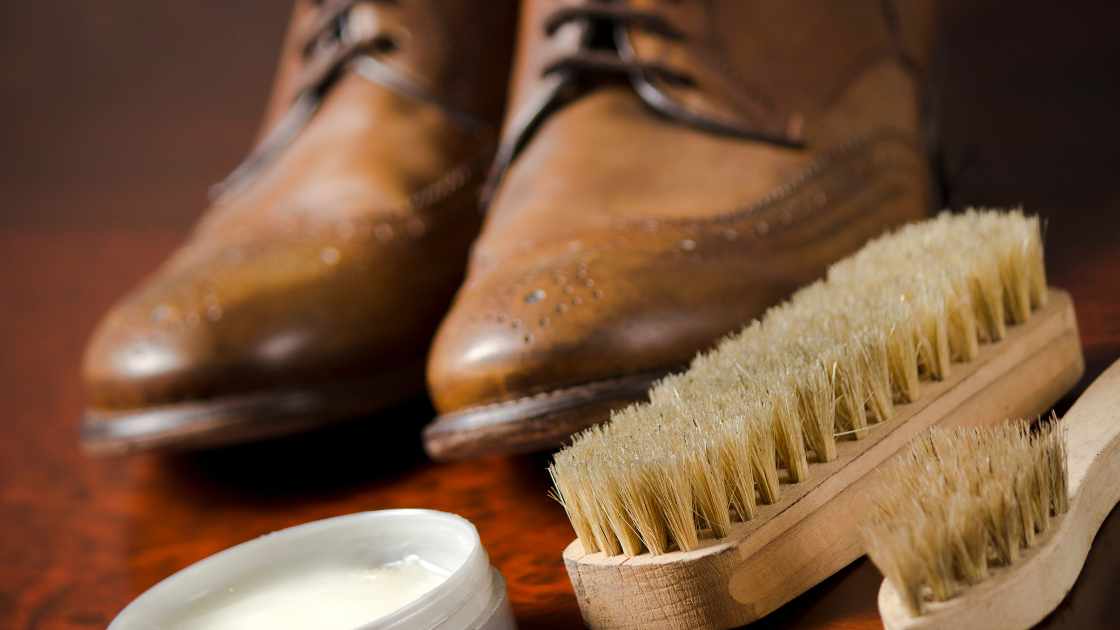






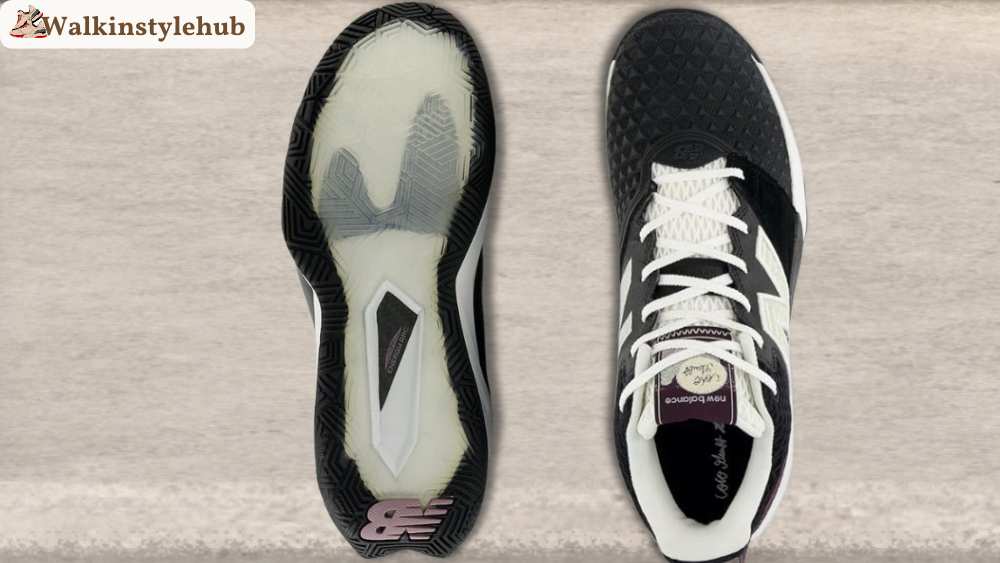
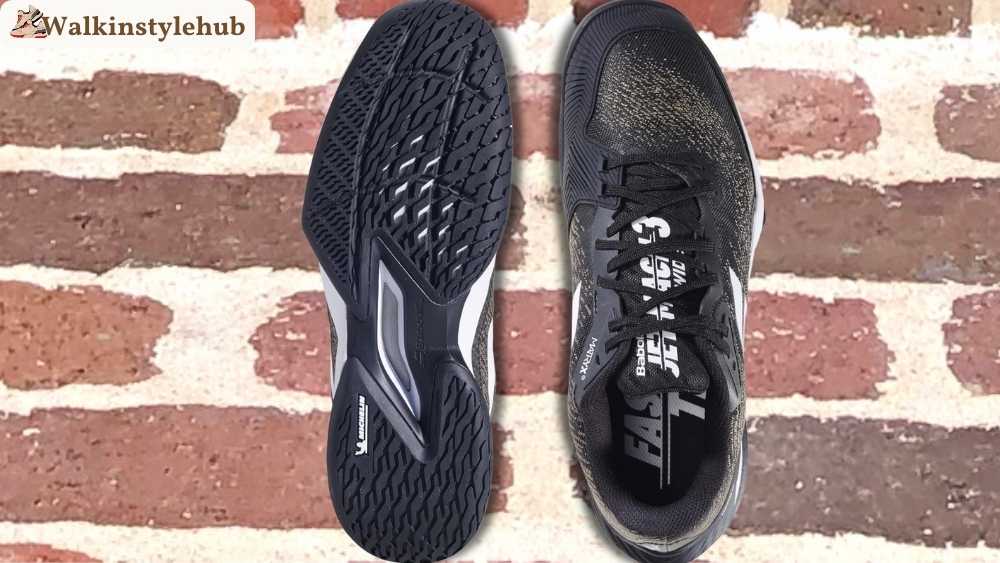
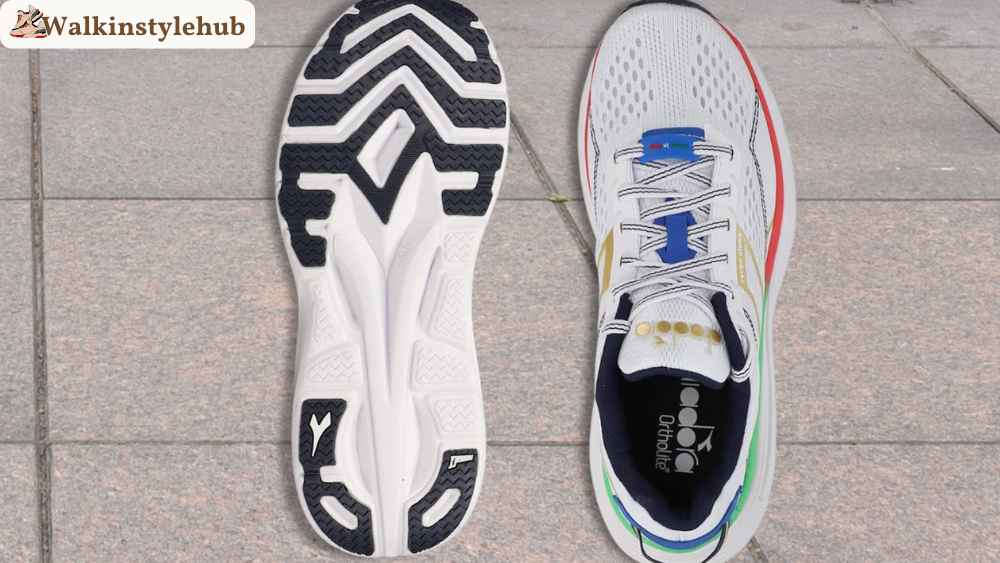
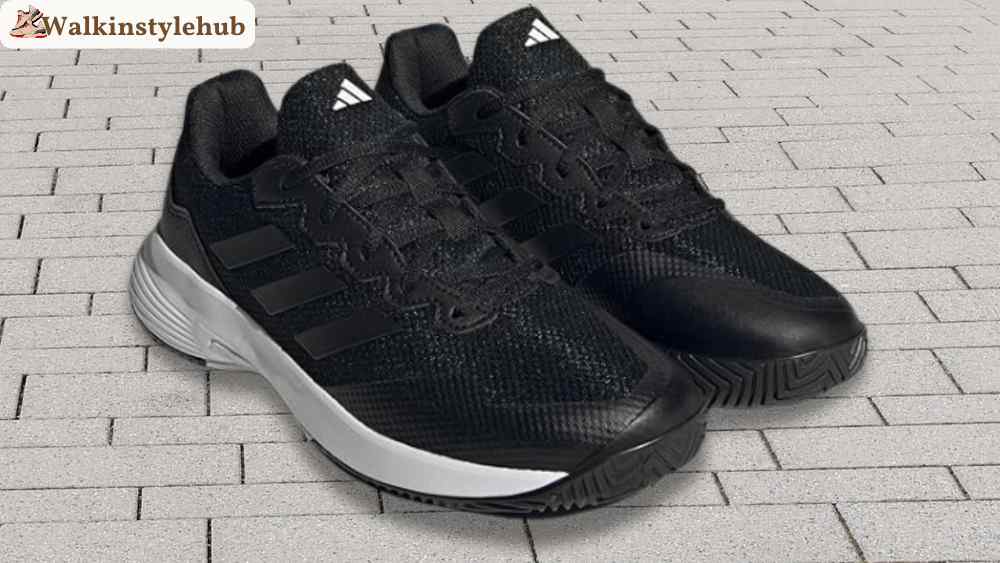
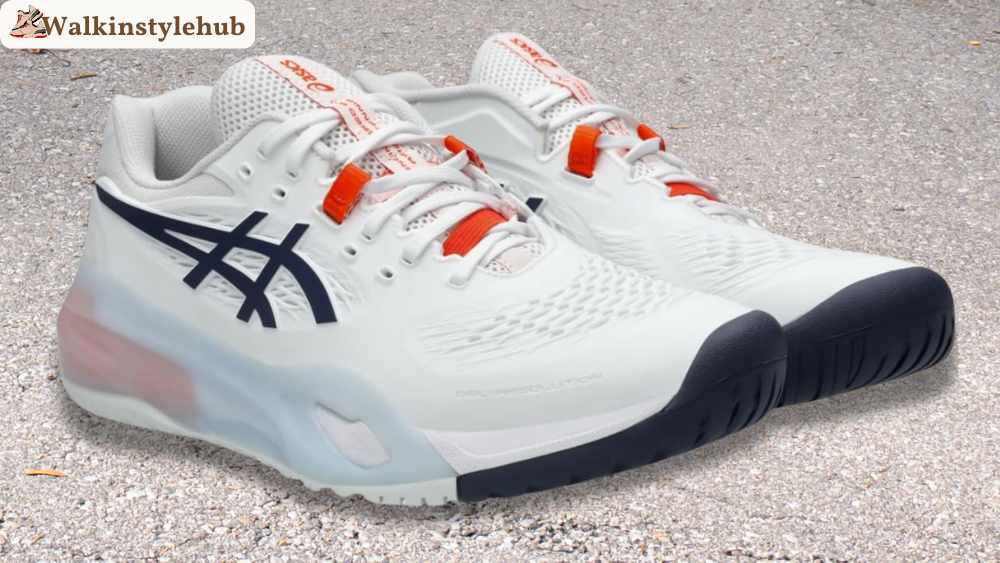
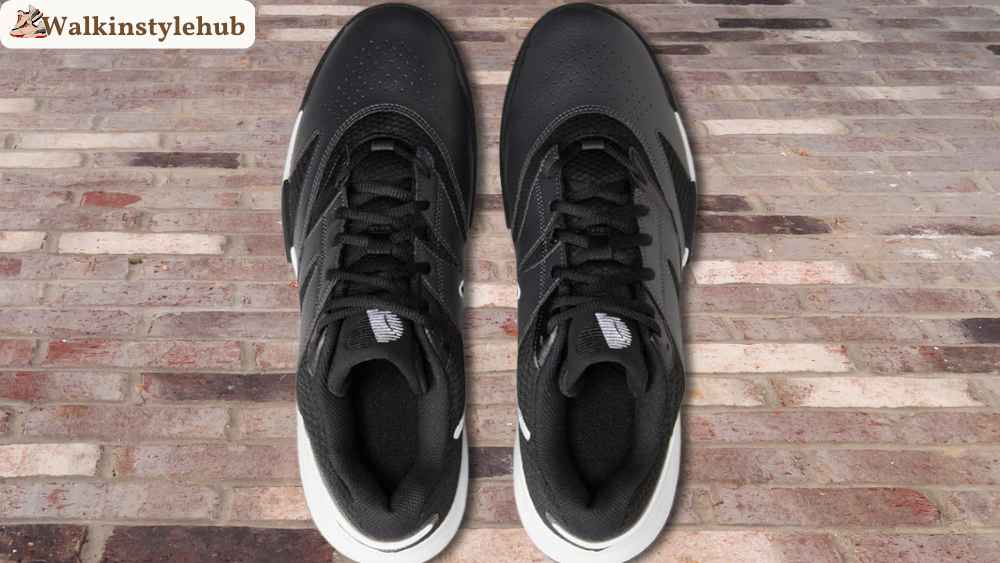
Leave a Reply